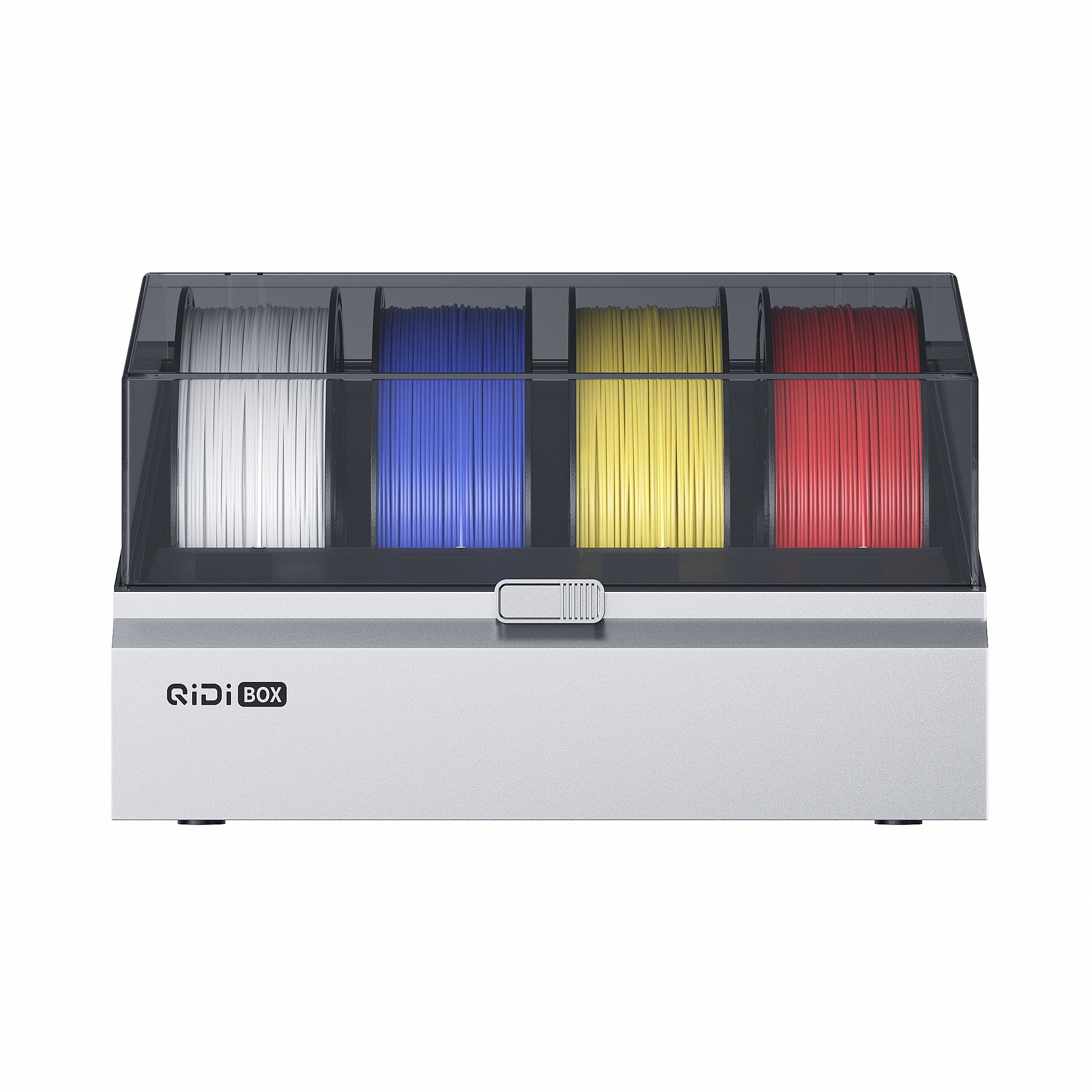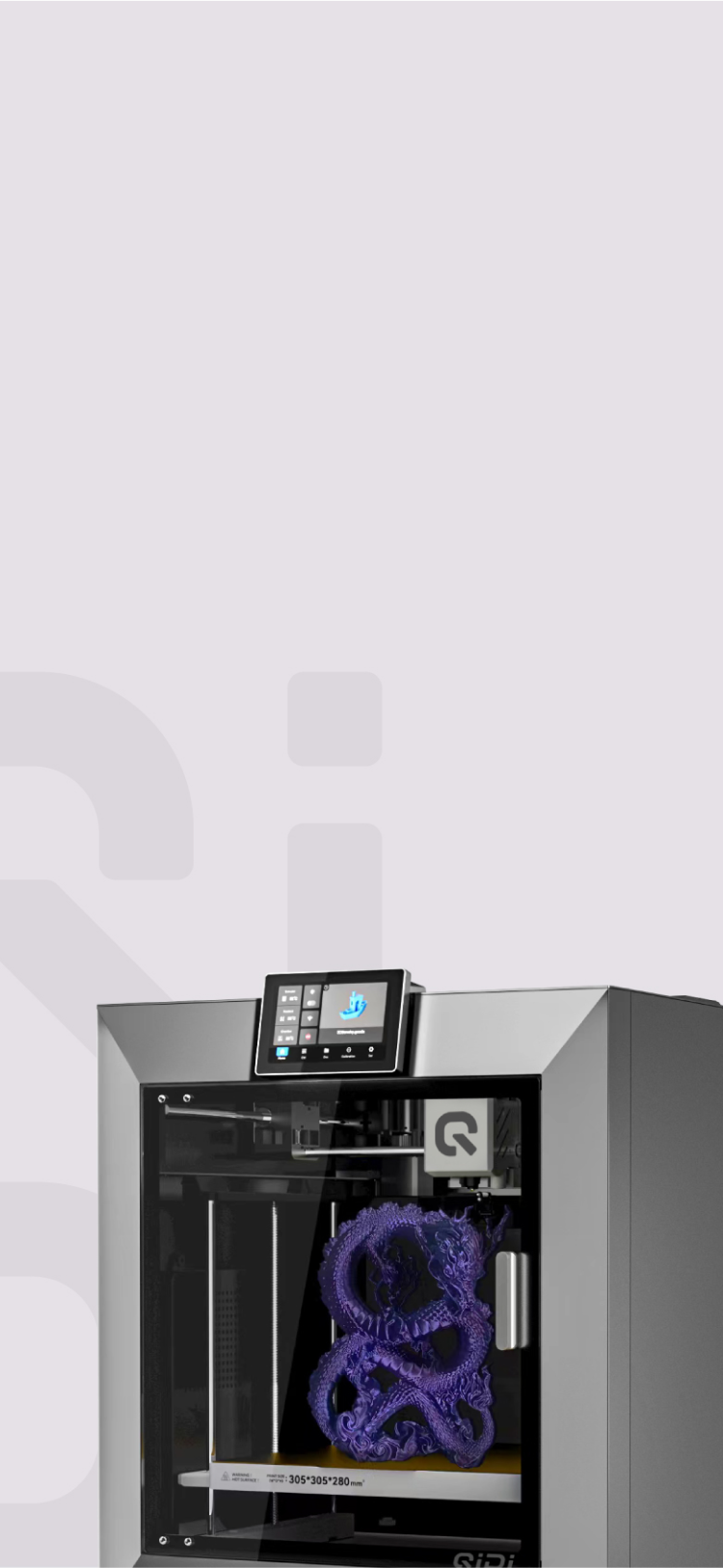3D Printer Safety: Ventilation, Fire Hazards, and More


Considerations that demand attention. 3D printers are becoming extremely popular for all kinds of uses - from industrial manufacturing to at-home hobbies. However, operating one means dealing with potential fire hazards, heated components that can burn, handling plastic materials that release chemicals, and emissions that impact indoor air quality. Getting a 3D printer for your workshop or home is awesome, but it's crucial to understand the safety precautions needed to use one properly. This guide covers the major safety concerns with 3D printing and the practical steps you can take to ventilate well, prevent fires, protect yourself with gear, and handle materials safely.
What Risks Are Associated with 3D Printing?
While 3D printers open up new opportunities for creativity, it's important to be aware of the potential dangers they pose. These devices do come with some inherent hazards you need to watch out for.
1. Chemical Exposure Risks
The plastic filaments used in 3D printing can release volatile organic compounds into the air that you end up breathing in over time. Certain filament types also may shed fine particulate matter.
2. Fire Hazards
3D printers get extremely hot to melt the plastic filaments used. This heat creates combustible fumes from filaments and sets the stage for potential fires.
3. Injury Concerns
As you likely reload and operate 3D printers, you could experience pinched fingers or exposure to heat and UV from the printing process.
By understanding the risks associated with chemical exposure, fire hazards, and potential injuries, you can take the proper precautions and safety measures.

Ventilation and Air Quality in 3D Printing: Keeping Your Space Safe
When using a 3D printer, it's important to pay attention to air quality and ventilation. Two main concerns are tiny particles (UFPs) and chemicals (VOCs) that can be released into the air during printing.
Risks of UFPs and VOCs
As 3D printers heat and melt plastic, they can give off UFPs and VOCs. UFPs are super small and can irritate your lungs if you breathe them in. VOCs are gases that certain materials release, which can cause headaches, nausea, and eye irritation.
Some types of 3D printing materials, like ABS and nylon, release more UFPs and VOCs than others, such as PLA. It's important to know about the materials you're using and their potential risks.
Effective Ventilation Techniques and Solutions
To reduce the risks from UFPs and VOCs, you need good ventilation in your 3D printing area. Here are some ways to improve airflow:
- Open windows or use fans to bring in fresh air and get rid of harmful particles and gases.
- Use fume hoods or extractor fans to pull contaminated air away from the printing area and move it outside. These are especially helpful when using materials that give off more UFPs and VOCs.
- Keep your 3D printer and the area around it clean to get rid of dust and debris that can make air quality worse.
- Think about getting an air purifier with a HEPA filter to capture UFPs and other pollutants, making the air in your 3D printing space cleaner.
By using these ventilation solutions, you can greatly reduce your exposure to harmful UFPs and VOCs, making your 3D printing environment safer and healthier.

Fire Safety in 3D Printing: Preventing and Handling Hazards
3D printers can get very hot, which means there's a risk of fires. It's important to know what can cause these fires and how to stop them from happening.
Common Causes of 3D Printer Fires
Electrical problems are one reason fires can start. If the wiring or electronics in your 3D printer malfunction, it can lead to a fire. Another issue is overheating. When parts of the printer get too hot, like the nozzle or the print bed, it can start a fire. Misusing your 3D printer or not keeping it in good condition can also increase the chances of a fire starting.
Essential Fire Safety Measures
To lower the risk of fires and keep your 3D printing space safe, there are several steps you can take. First, install smoke detectors and keep fire extinguishers close by. Make sure you know how to use the fire extinguisher correctly. Another good idea is to use a fire-resistant enclosure for your 3D printer. This can help keep a fire contained if one starts and stop it from spreading.
Setting up a regular maintenance routine is also key to keeping your 3D printer in good working order. This means checking for any damage, cleaning the printer, and making sure all parts are working right. Never leave your 3D printer running when you're not around. Keep an eye on it while it's printing and turn it off when you're done.
It's also smart to keep things that can easily catch fire, like paper or fabric, away from your 3D printer. This reduces the risk of a fire spreading. Lastly, make sure your 3D printer is placed on a sturdy surface that won't burn, and keep the area around it clear.
Material Handling in 3D Printing: Using and Storing Safely
When working with 3D printers, it's important to handle the materials properly to avoid any health risks or accidents. Here's what you need to know about using and storing your 3D printing materials safely.
How to Use 3D Printing Materials Safely
Different 3D printing materials, like filaments and resins, can have different safety concerns. Some materials might give off fumes or particles that can irritate your skin or lungs. To protect yourself, always check the safety instructions that come with your materials.
When handling any 3D printing materials, it's a good idea to wear gloves to keep the materials off your skin. If a material gives off fumes, wear a mask to avoid breathing them in. After handling materials, always wash your hands thoroughly.
How to Store 3D Printing Materials Properly
Storing your 3D printing materials the right way helps keep them in good condition and prevents any safety issues. Different materials might need to be stored differently, so always check the manufacturer's recommendations.
In general, store your 3D printing materials in a cool, dry place away from direct sunlight. Keep them in airtight containers or sealed bags to prevent them from absorbing moisture from the air, which can affect their quality. Moisture can also cause some materials to break down and release harmful chemicals.
Make sure to keep your storage area clean and organized. Avoid storing materials near any heat sources or flammable items. Label your containers clearly so you always know what materials you have and when you got them.
How to Stay Safe While Using Your 3D Printer
When using your 3D printer, it's important to protect yourself from potential dangers. Here's how you can stay safe while bringing your 3D creations to life.
1. Wear Protective Gear
One of the most important things you can do is to wear the right safety gear, also known as Personal Protective Equipment or PPE.
Always wear safety glasses to protect your eyes from small bits that might fly off the printer. Wear gloves to keep your hands safe from hot parts and to avoid getting printing materials on your skin.
If your 3D printer doesn't have a cover, think about wearing a dust mask to avoid breathing in any fumes or tiny particles that might come off the printer while it's running.
2. Avoid Getting Hurt
3D printers have lots of moving parts that can get very hot. The nozzle, which melts and squeezes out the printing material, can get hotter than 400°F (200°C). The print bed, where your object is made, can also get quite hot. To avoid burns, never touch the nozzle, print bed, or any other hot part of the printer.
Be careful not to get your fingers or hair caught in the moving parts of the printer. Keep your hands away from the printer while it's running, and tie back long hair.
3. Use Your Printer's Safety Features
Many 3D printers have built-in safety features to help prevent accidents. For example, some printers can turn off automatically if they get too hot or if something gets stuck.
Know where the pause or stop button is on your printer and how to use it if you need to stop printing quickly. Some printers also have covers that keep the moving parts and hot surfaces inside, which can help prevent burns and other injuries.
If you have an older 3D printer without modern safety features, think about adding things like a cover or an automatic shut-off system.

Bringing It All Together: 3D Printing Safely and Responsibly
3D printing is an exciting and rapidly growing technology that offers endless possibilities for creativity and innovation. However, it's crucial to understand and address the potential safety risks associated with 3D printers, including chemical exposure, fire hazards, and physical injuries. By implementing proper ventilation solutions, following fire safety measures, handling materials safely, and wearing protective gear, you can minimize the risks and enjoy 3D printing responsibly. So, let's all do our part to promote safe and responsible 3D printing practices in our communities and beyond.


 Q2
Q2
 Plus 4
Plus 4
 QIDI Box
QIDI Box
 Q1 Pro
Q1 Pro
 X-Max 3
X-Max 3

